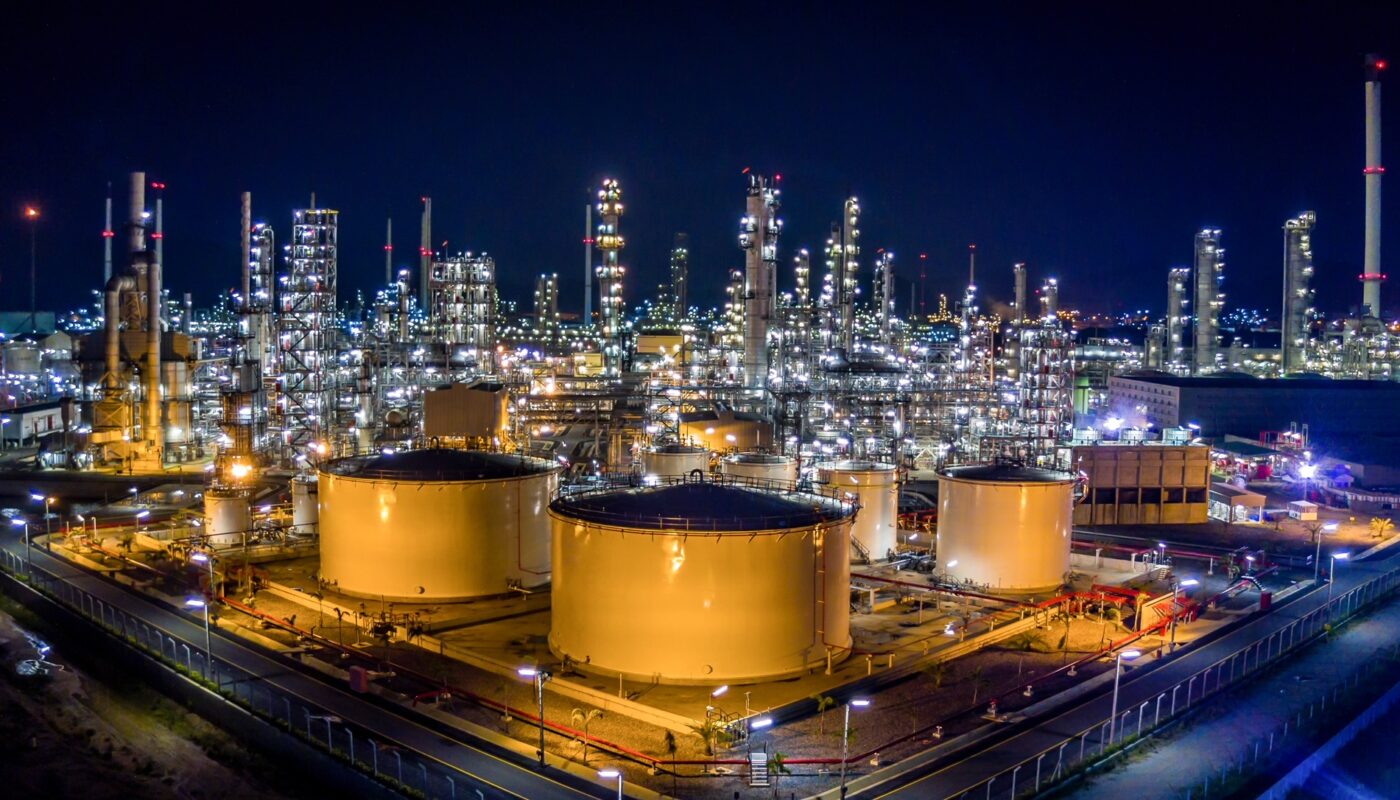What are Refinery Catalysts?
Refinery catalysts are materials that accelerate and facilitate the chemical reactions involved in refining crude oil without being consumed in the overall process themselves. Catalysts work by providing an alternative pathway or mechanism for a reaction to proceed that has a lower activation energy requirement. This allows reactions which normally only occur at very high temperatures to take place at much lower, safer and more energy efficient conditions. The most common types of catalysts used in oil refineries include zeolites, metals, and their oxides such as platinum, palladium, nickel, vanadium and molybdenum.
Catalytic Cracking
One of the most important refinery processes that relies heavily on catalysts is catalytic cracking. In catalytic cracking, large hydrocarbon molecules are broken down into smaller, more valuable molecules like gasoline. This allows refineries to maximize the production of motor fuels from a barrel of crude oil. The cracking catalyst, usually a zeolite material, provides sites for the molecular fragments to bond with instead of repolymerizing back into unreacted large molecules. This allows the optimal production of lighter products. Without catalysts, cracking would only occur at much higher energy intensive temperatures potentially damaging refinery equipment.
Fluid Catalytic Cracking
Specifically, fluid catalytic cracking (FCC) is the most widely used catalytic cracking process in oil refineries worldwide today. In an FCC unit, hot regenerated catalyst is injected into the bottom of a riser reactor where it contacts the feedstock vapors coming up from the bottom. Within seconds, the catalytic cracking reactions occur transforming large molecules like gas oil into smaller, more useful ones. The viraised catalyst-feed mixture then enters the reactor where it is quickly quenched stopping any further reactions. The spent catalyst and products then separate in the reactor vessel where products exit to downstream separation equipment while spent catalyst drops into the regenerator. In here, coke deposited on the catalyst surface during cracking burns off to reactivate the catalyst for the next cycle. Modern day fluidized catalytic cracking technologies are central to maximizing production of components for high octane gasoline.
Catalytic Reforming
Another highly catalytic process used in oil refineries is catalytic reforming. In catalytic reforming, refinery naphthas are transformed into high octane components suitable for gasoline blending. The catalytic reforming unit uses platinum group metal catalysts like platinum or rhenium which facilitate the key reactions of dehydrogenation and cyclization which alter the structure of naphtha molecules to produce aromatics and changes branching. Without catalysts, these structure-changing reactions will take place only at much higher temperatures potentially coking up process equipment. A high activity, selective reforming catalyst allows the critical reactions to proceed at lower severities, resulting in more valuable products while extending catalyst lifetime. Reformate produced from this process is a key blendstock component contributing important octane value to finished motor gasoline pools.
Hydroprocessing Processes
Hydroprocessing refers to a number of important catalytic refining processes that use hydrogen gas as a reactant. Examples include hydrocracking, hydrotreating and hydrodesulfurization. Refinery catalysts play a vital role in hydroprocessing by promoting the addition or removal of hydrogen for crucial transformations of feedstocks. In hydrocracking, noble metal catalysts facilitate the cracking and saturation of large hydrocarbon molecules under hydrogen pressure to produce more valuable middle distillate products like diesel from gas oils and residual oils. This is crucial for meeting the global demand for diesel as newer environment regulations require lower sulfur fuel. Hydrotreating catalysts like nickel-molybdenum remove impurities like sulfur, nitrogen and olefins from refinery streams using hydrogen. Hydrodesulfurization removes sulfur impurities in fuels to meet the stringent limits posed by emission regulations, preserving air quality. Without catalysts, the speeds of these hydrogen-adding reactions in hydroprocessing would be too slow for commercial application.
Olefin Productions
Certain refinery catalysts allow petrochemical feedstocks to be produced in light gas streams. Metals and metal oxides facilitate the cracking and rearrangement of light hydrocarbons to produce industrially key olefins like ethylene, propylene and butylene used to manufacture plastics and synthetic materials in petrochemical plants associated with oil refineries. Ethylene and propylene production provides a further boost to margins by creating high value petrochemical streams which can be sold worldwide.
Catalyst Research and Development
With constantly tightening environmental regulations and changing crude oil sources, Refinery Catalyst innovations are crucial to processing heavier and increasingly harder to refine crude sources sustainably. Refiners and catalyst manufacturers invest substantial resources in catalyst research and development activities. This includes developing and testing new materials and formulations for existing processes as well novel catalyst systems for entirely new refining technologies like mild hydrocracking. While initial costs can be high, new catalyst systems often enable production of higher yields of clean products from tougher feedstocks in a safe, energy efficient manner, creating long term economic benefits.
*Note:
1. Source: Coherent Market Insights, Public sources, Desk research
2. We have leveraged AI tools to mine information and compile it



